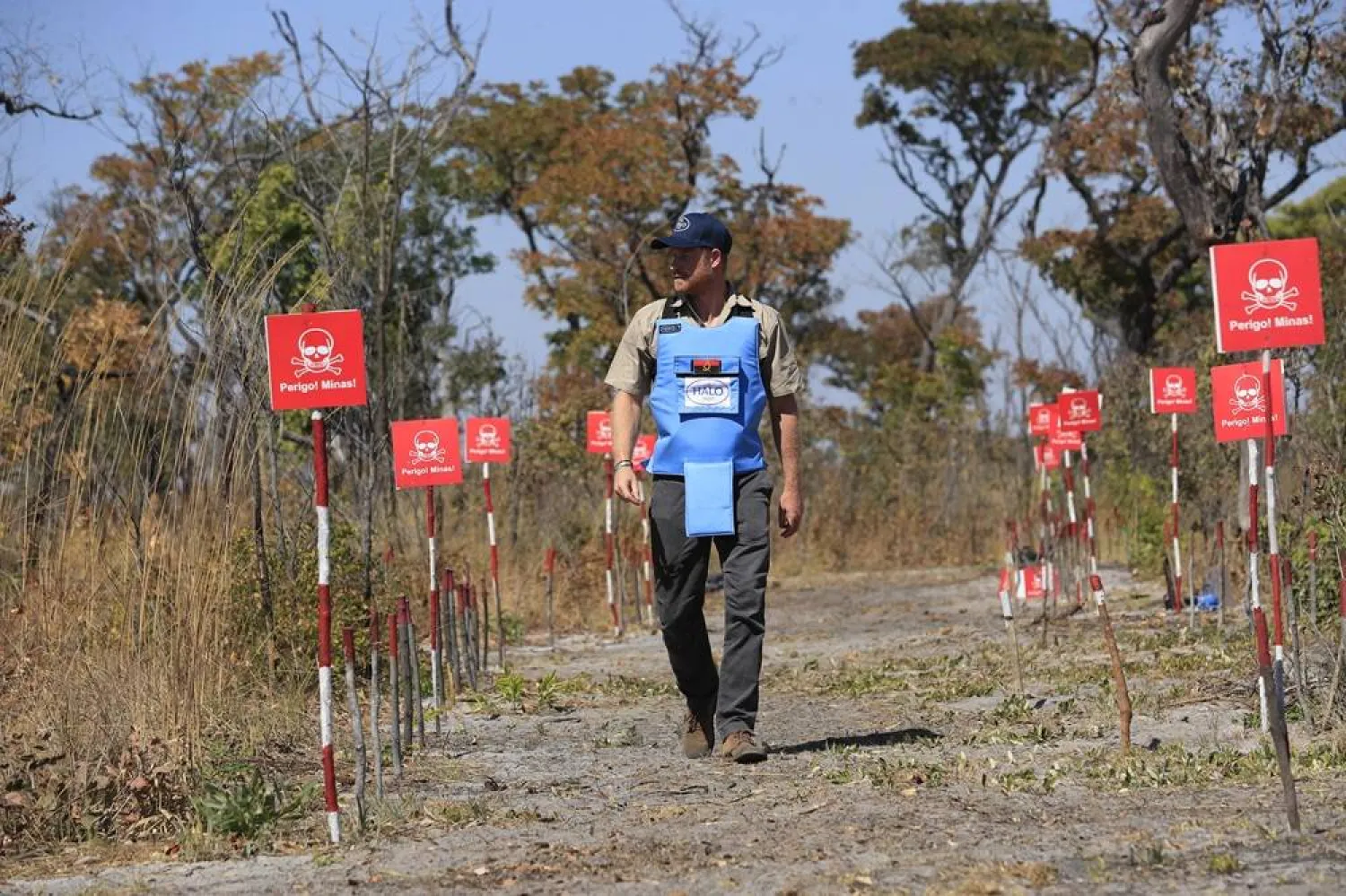A Japanese town mounted a large mesh barrier at a popular viewing spot for Mount Fuji on Tuesday, to deter photo-taking by an ever-growing number of tourists, Agence France Presse reported.
Japan's most famous sight can be seen for miles around, but Fujikawaguchiko locals are fed up with streams of mostly foreign visitors littering, trespassing and breaking traffic rules in their hunt for a photo to share on social media.
Parking illegally and ignoring a smoking ban, they would cram a pavement to shoot the snow-capped mountain, which soars photogenically into the sky from behind a convenience store, residents said.
Workers began putting the black netting measuring 2.5 by 20 meters in place on Tuesday, and by late morning they were already done, an AFP reporter at the scene said.
"I hope that the net will prevent dangerous activities," resident Michie Motomochi, 41, who runs a traditional Japanese sweet shop, told AFP.
"I think it's disappointing that they are putting it up. It's obviously an iconic shot," said Christina Roys, 36, a tourist from New Zealand.
"But it's completely understandable. We were here last night, managing to get the last shot before they were putting up the wall, and there were so many people," she said.
"It's quite dangerous because of the traffic coming through. There are other spots where you can get the shot of the mountain."
- Online bookings -
Record numbers of overseas tourists are coming to Japan, where monthly visitors exceeded three million for the first time in March and then again in April.
But as in other tourist hotspots, such as Venice -- which recently launched a trial of entry fees for day visitors -- the influx has not been universally welcomed.
In Japan's ancient capital of Kyoto, locals have complained of tourists harassing the city's famed geisha.
And hikers using the most popular route to climb Mount Fuji this summer will be charged 2,000 yen ($13) each, with entries capped at 4,000 to ease congestion.
A new online booking system for the mountain's Yoshida trail opened on Monday to guarantee hikers entry through a new gate, although 1,000 places a day will be kept for day-of entries.
Mount Fuji is covered in snow most of the year, but during the July-September hiking season, more than 220,000 visitors trudge up its steep, rocky slopes.
Many climb through the night to see the sunrise, and some attempt to reach the 3,776-meter (12,388-foot) summit without breaks, becoming sick or injured as a result.
Regional officials have raised safety and environmental concerns linked to overcrowding on the active volcano, a symbol of Japan and a once-peaceful pilgrimage site.
Residents near other popular photo spots in the region, including the so-called Fuji Dream Bridge, have also reportedly complained about overtourism in recent weeks.
One tour operator that offers day trips from Tokyo to the Mount Fuji area told AFP they are taking visitors to another Lawson store nearby where a similar view can be seen, but there are fewer nearby residents.







